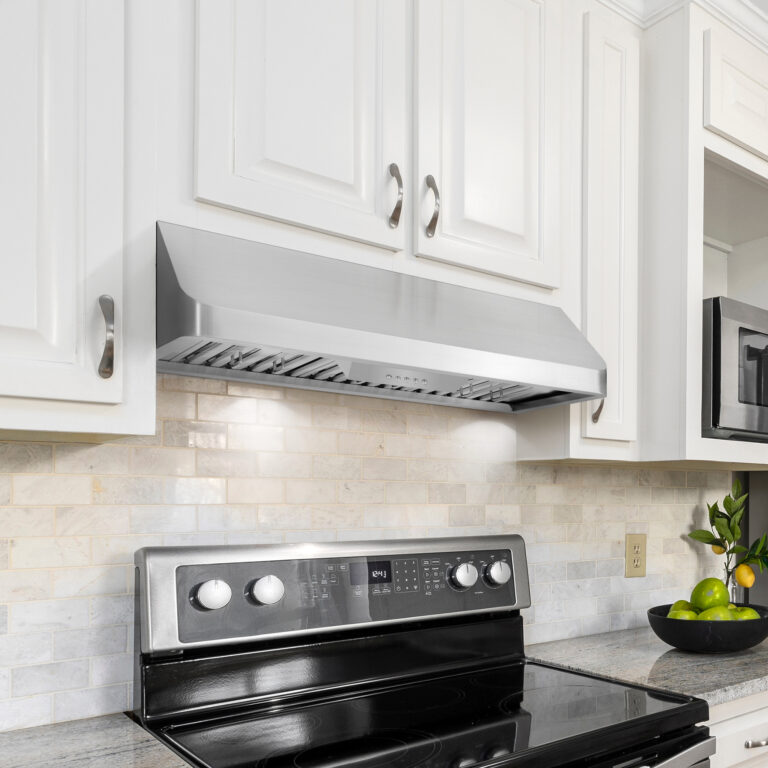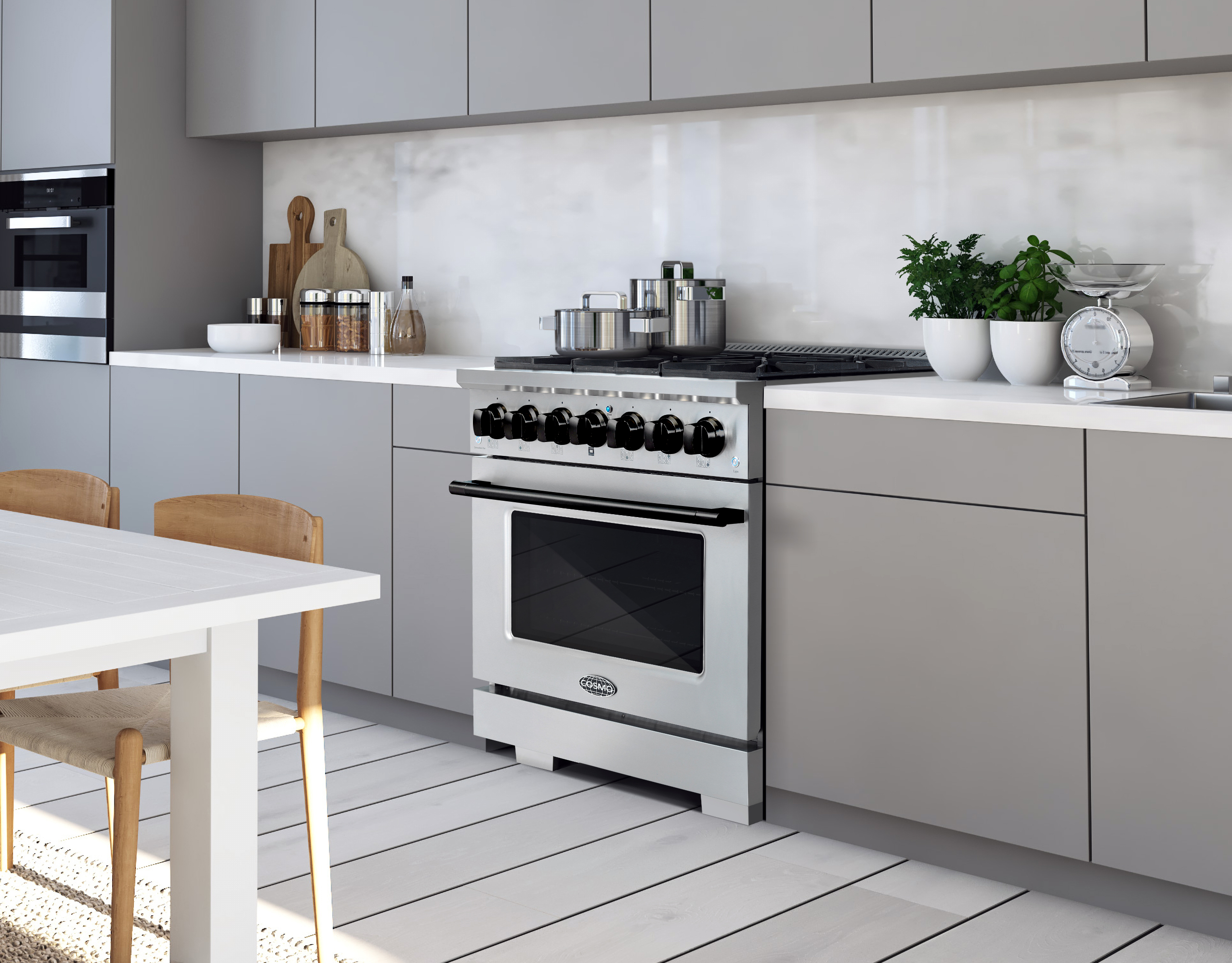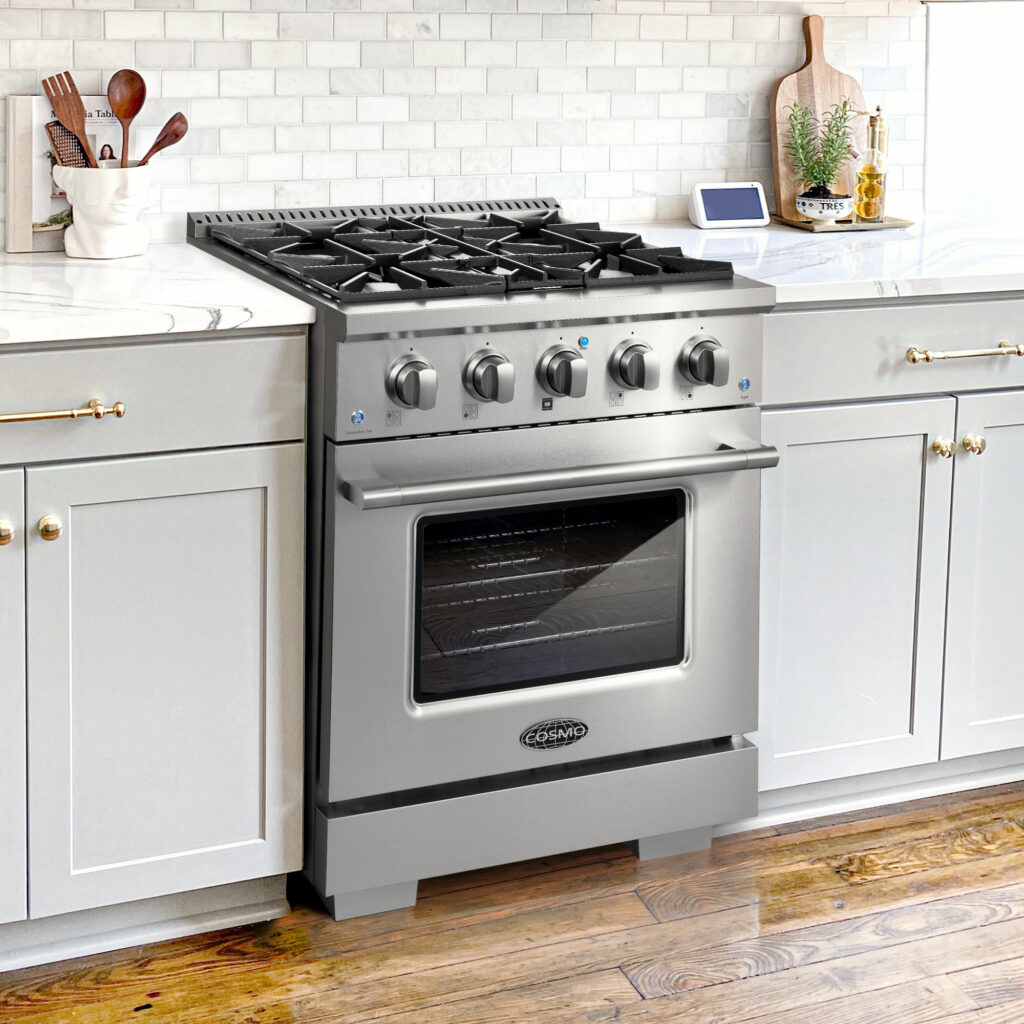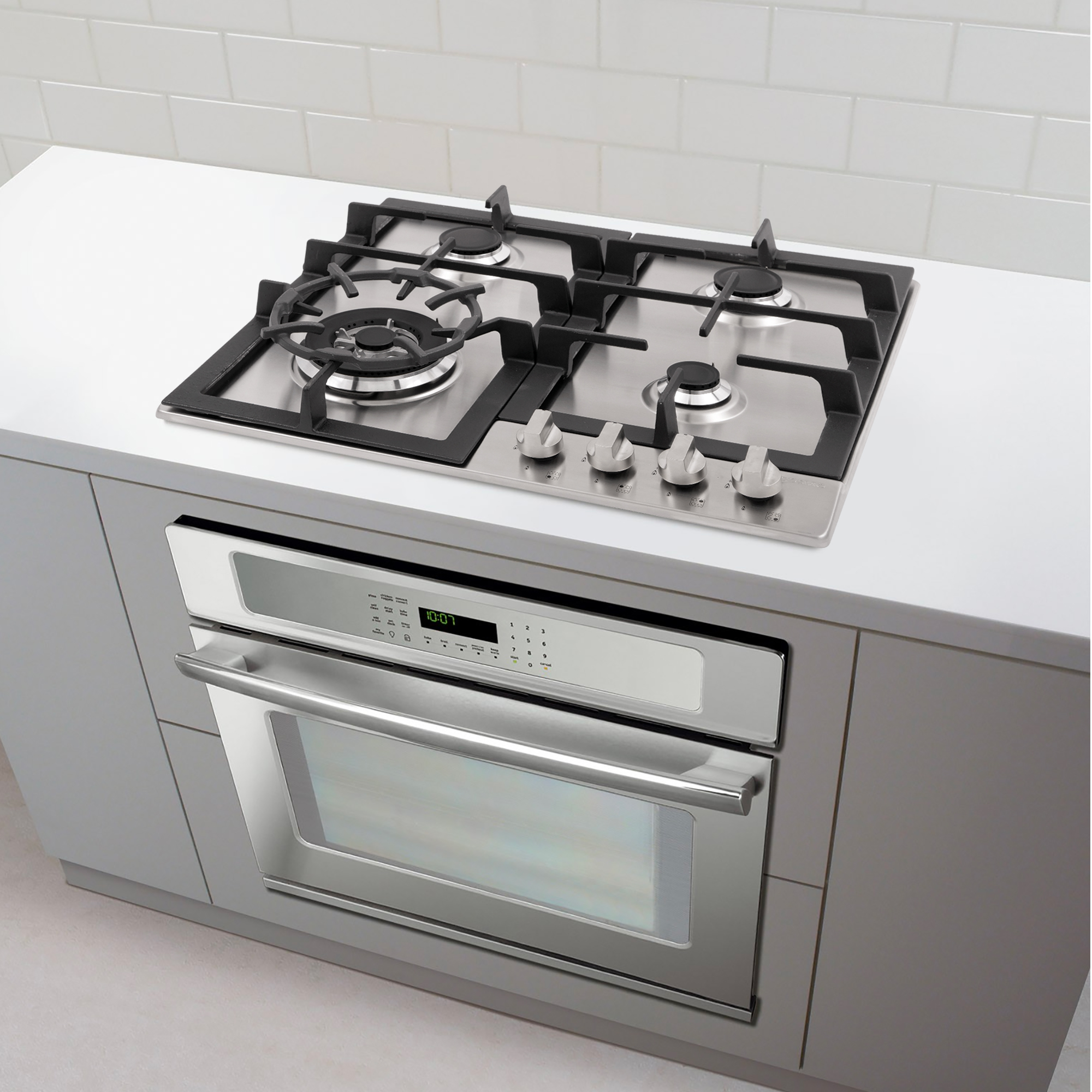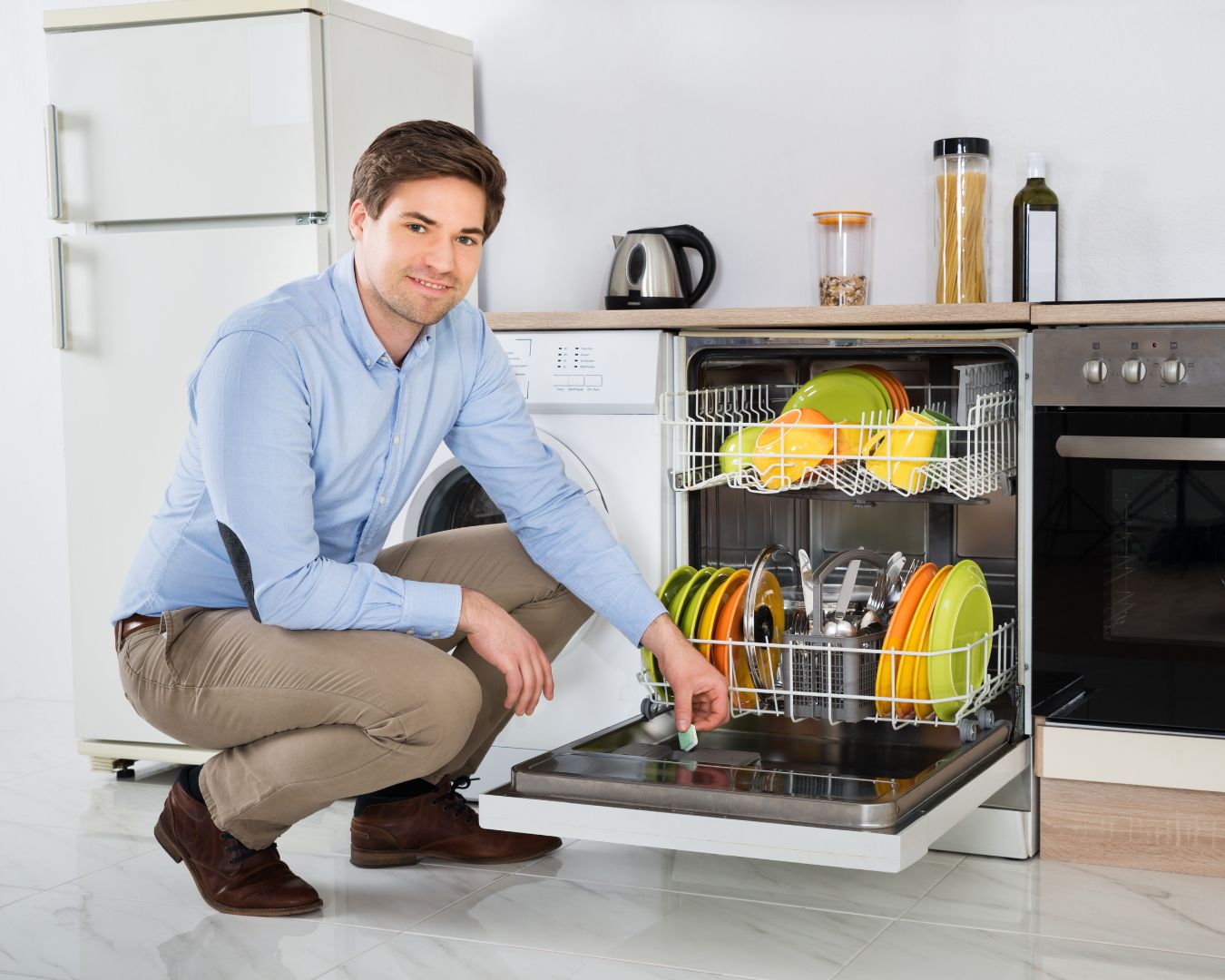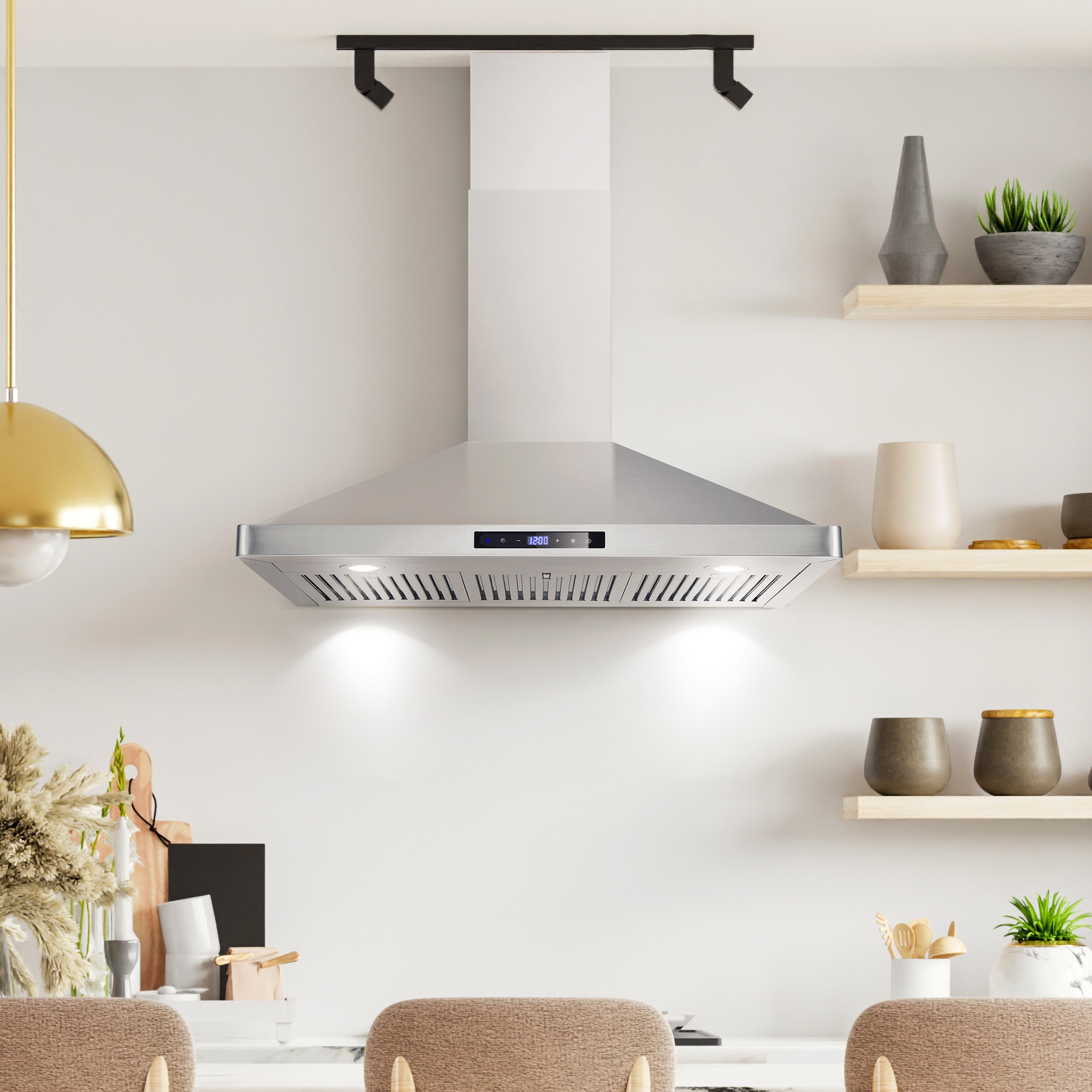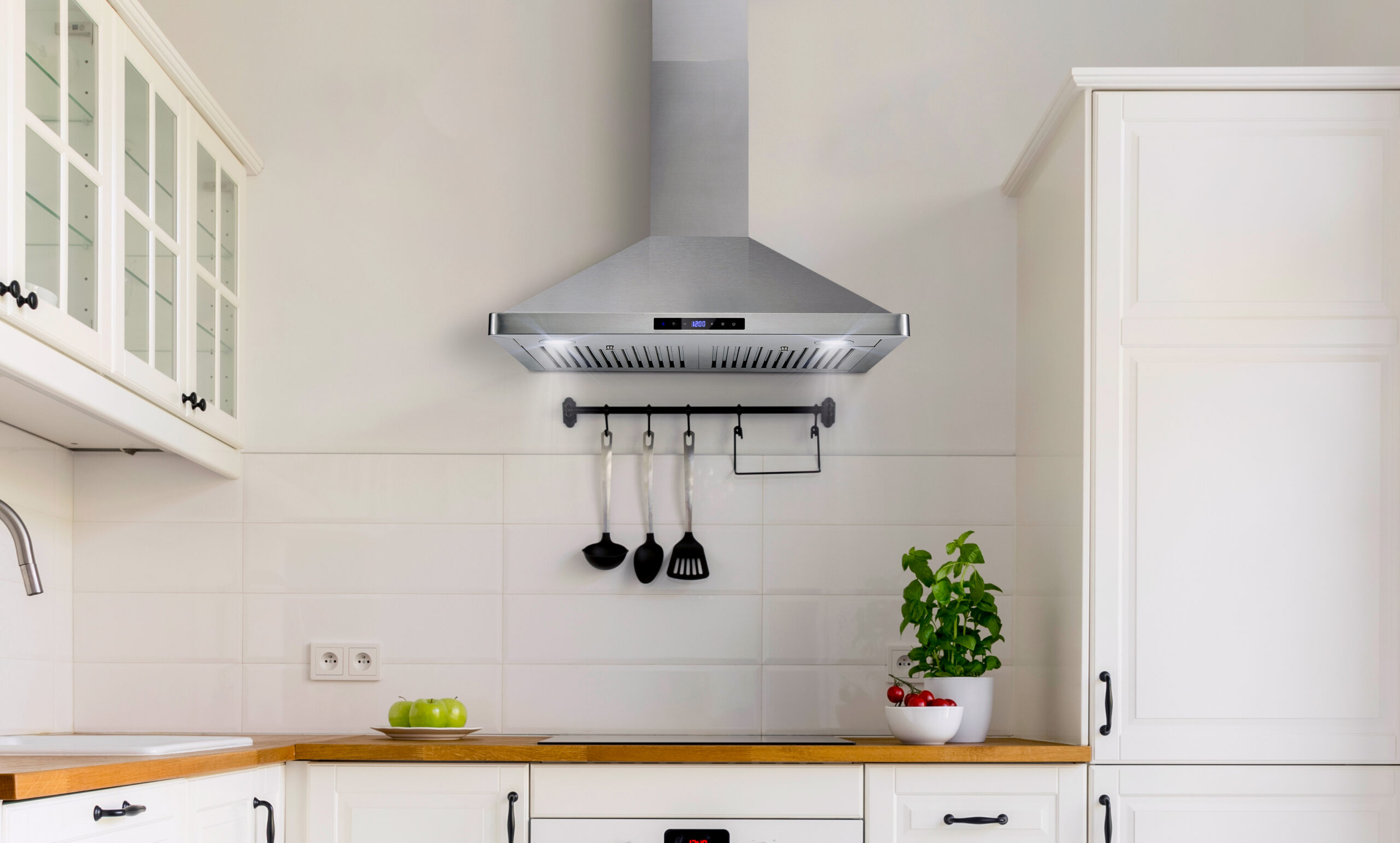Your COS-640STX-E 24” drop-in cooktop is not just a kitchen appliance—it’s an essential tool for cooking up delicious meals. To ensure it continues to perform at its best and maintain its sleek appearance, proper cleaning and maintenance are key. Here’s a guide on how to clean and maintain your COS-640STX-E cooktop surface, so it stays in top condition for years to come. 1. Turn Off the Cooktop and Allow it to Cool Before cleaning your cooktop, always make sure it is turned off and completely cooled down. This is especially important to avoid burns and to prevent any cleaning solutions from reacting with hot surfaces. 2. Wipe Down Daily A simple wipe-down after every use can keep your cooktop looking pristine. Use a soft, damp cloth or sponge to remove any food spills, splatters, or grease. If food residue has hardened, use a mild soap solution. Be sure to wipe with the grain of the stainless steel surface to avoid scratches. 3. Use a Cooktop Cleaner for Stubborn Stains If you encounter stubborn stains, such as grease marks or burnt-on food, use a cooktop cleaner specifically designed for stainless steel surfaces. Apply a small amount of the cleaner to a soft cloth and gently scrub the affected area. Avoid using abrasive pads or harsh chemicals that can damage the surface. 4. Clean the Burners The burners of your COS-640STX-E cooktop may collect grease and food debris. Regularly wipe them down with a damp cloth. For more thorough cleaning, remove the burner grates (if applicable) and wash them with warm soapy water. Use a soft brush to clean any hard-to-reach areas. 5. Use a Stainless Steel Cleaner For a high-gloss finish, apply a stainless steel cleaner designed for kitchen appliances. This will not only keep your cooktop shiny but also help maintain its resistance to smudges and fingerprints. Always follow the manufacturer’s instructions for best results. 6. Deep Clean Periodically Every few weeks or as needed, perform a more thorough cleaning of your cooktop. Remove all the burner components and clean them individually. Use a non-abrasive cleaner to remove any stains from the cooktop surface. After cleaning, dry the surface completely to prevent water spots. 7. Check for Scratches and Repair If you notice minor scratches or scuff marks on the surface, you can often buff them out with a stainless steel cleaner or a specialized scratch remover. For deeper scratches, it may be worth consulting the manufacturer for repair options. 8. Maintain the Cooktop’s Functionality 9. Avoid Heavy Scrubbing While it’s important to keep the surface clean, it’s equally important not to use excessive force when scrubbing. Always opt for soft cloths or sponges, and avoid anything rough, like steel wool or harsh abrasives, which can damage the surface. 10. Routine Maintenance To keep the cooktop in great working condition, consider scheduling periodic professional maintenance to ensure that all components are functioning properly and safely. Regular servicing can also prevent larger issues down the road. By following these simple steps, you can extend the lifespan of your COS-640STX-E cooktop and keep it performing optimally. With just a little care and attention, your cooktop will continue to look and perform like new, enhancing your cooking experience every time.

